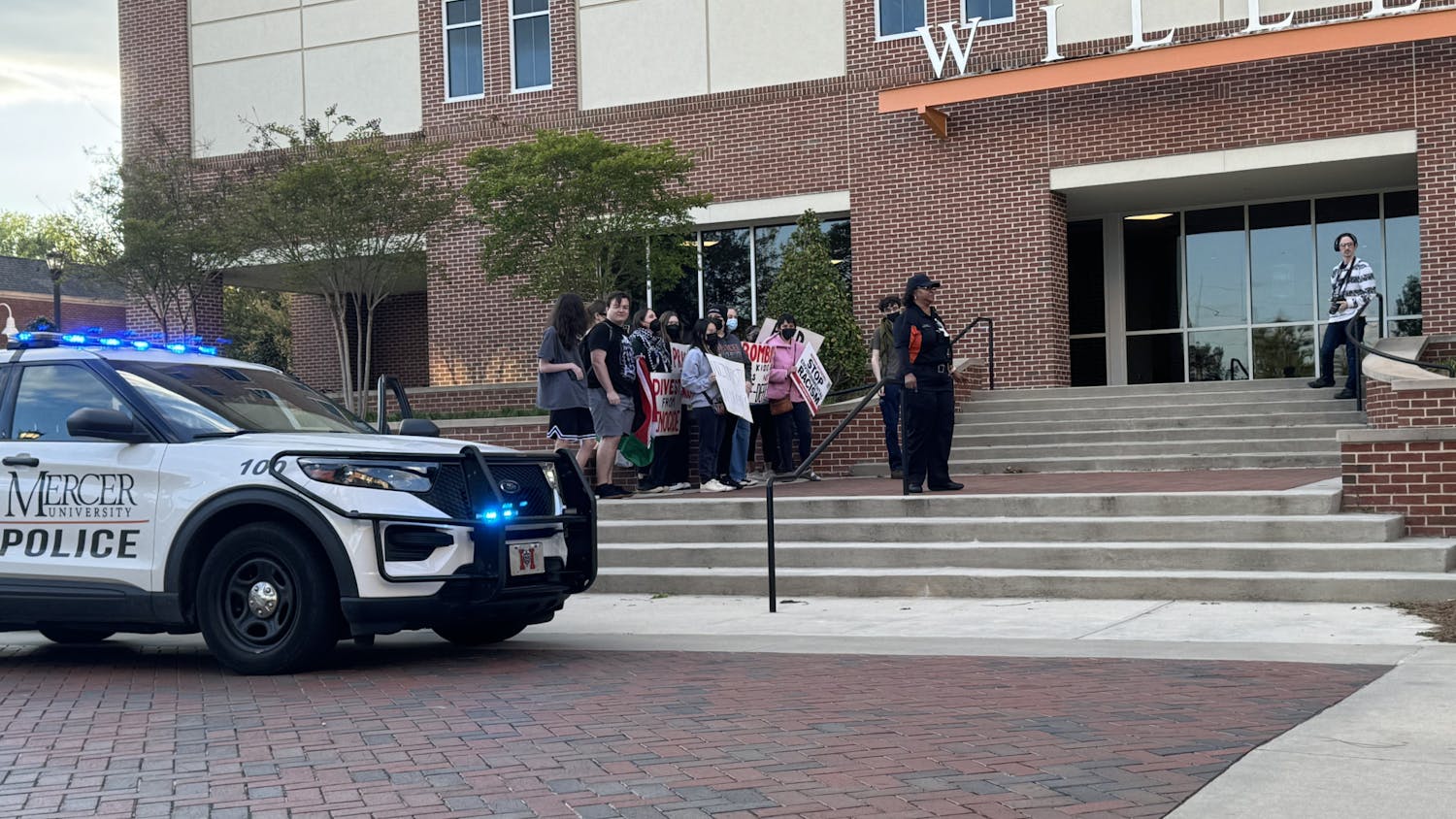The midterm elections will be held Nov. 6 in Georgia. Here’s a closer look at what each name on that ballot represents.
The two leading candidates running for governor are Secretary of State Brian Kemp and House Representative Stacey Abrams.
Economics
Kemp and Abrams have both stressed the importance of small businesses in their campaigns, and both have received “A” ratings from the Georgia Chamber of Commerce.
Kemp’s solution involves taking a “chainsaw” to regulation, according to the Atlanta Journal Constitution. This means imposing a cap on state spending and the amount of federal regulation the state is allowed.
“As a small business owner and a member of NFIB, Brian Kemp understands the challenges facing Georgia’s job creators,” the state director of National Federation of Independent Business said in an interview with the Ledger-Enquirer.
Abrams plans to support small businesses by fostering “an educated workforce and strong infrastructure in urban, suburban and rural areas alike,” according to her platform. She has also voiced her support for a Georgia Earned Income Tax Credit (EITC).
Georgia does not currently offer a state-level EITC, which would cut taxes for low-wage workers.
The credit is available only to people who work, and it increases to a certain level as wages rise. That encourages people to stay employed and work more hours, rather than rely on public assistance, according to georgiaworkcredit.org.
Healthcare
Both Kemp and Abrams say they are in favor of lowering insurance premiums, serving Georgia’s rural population and extending coverage to pre-existing conditions.
Abrams plans to leverage state and federal programs to incentivize more doctors and medical personnel to work in underserved areas. She wants to expand Medicaid to cover nearly 500,000 more Georgians, save rural hospitals and generate 56,000 new jobs across the state, according to her healthcare platform.
Kemp said he will increase OB-GYN and primary care doctors in rural Georgia through the Provider Loan Forgiveness Program, encourage Centers of Excellence in his campaign platform.
He also laments how easily he says non-citizens can access healthcare.
“People are just frustrated that any noncitizen can walk into healthcare facilities and not pay a single dime and get services, and then we have Georgians — working Georgians — that are out there that are not able to get good health care or it’s costing a fortune,” Kemp said in an interview with the Gainesville Times.
According to healthcare.gov, only lawfully permanent residents (LPRS) or green card holders are afforded Medicaid and there is a five year waiting period after receiving immigration status.
Education
Both Kemp and Abrams’ platforms support paying teachers higher salaries and standardizing the quality of education across zip codes.
“As governor, I will build on Nathan Deal’s legacy and fully fund public school education. We must invest in our future today and ensure that all students have access to a quality education,” Kemp said in a statement after Athens educators went on a hunger strike over low wages.
Abrams self-identifies as the state’s “Public Education Governor” and has proposed a comprehensive “Cradle to Career” program.
This proposal starts with child care and preschool programs for working families through the Bold Start Scholarship programs.
At the grade school level, Abrams plans to prioritize safety, wraparound support and child mental-health services while protecting the school system from privatization.
Then, at the college level, Abrams wants to expand the HOPE scholarship and implement tuition-free technical colleges. She would also build opportunities for youth civic engagement and summer employment with the establishment of the Governor’s Youth Council, according to her platform.
Midterm elections will take place on Nov. 6. Early voting ends Nov. 2.
A Need to Know Basis: Georgia Midterm Candidates

Archive graphic designed by Marianna Bacallao.




